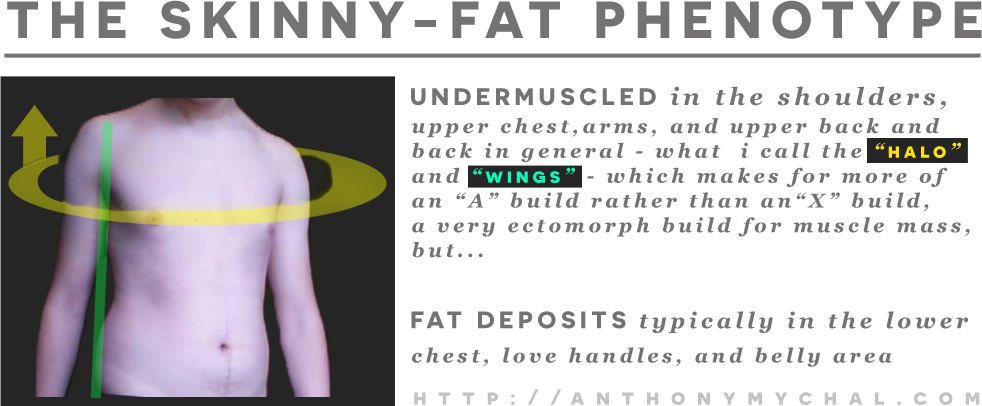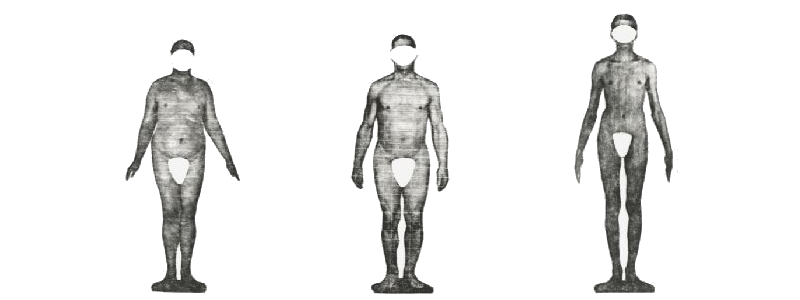The smell of charcoal was in the air, which radiated with the heat that sizzled off the cars. The sun was high and the temperature was close to 98 degrees Fahrenheit (36 degrees Celsius). Most everyone in the mass of people tailgating for the baseball game was drinking, eating, and having a good time. The crowd [...]

The smell of charcoal was in the air, which radiated with the heat that sizzled off the cars. The sun was high and the temperature was close to 98 degrees Fahrenheit (36 degrees Celsius).
Most everyone in the mass of people tailgating for the baseball game was drinking, eating, and having a good time. The crowd was diverse. Some were super obese with hot dogs in holsters waiting for hunger to strike. Others did the same, yet sported a six-pack.
This puzzled me. Although one day isn’t representative of an entire lifestyle, I saw a bunch of different people that were just that: different. Unless you have an identical twin, your genetic makeup is unique to yourself.
But what makes skinny-fat unique? Anything? Let’s define what it means to be skinny-fat, shall we?
The cliche somatotypes
In the strength and fitness world, we’re often told that everyone operates similarly. That certain body types don’t really exist. That everyone responds to the same thing in the same way. This is a shortsighted view. Considering everyone is their own genetic “snowflake,” predicting much of anything from one person to the next is difficult.
In years past, somatotypes were used to classify people into categories that shared similar traits. Although somatotypes were originally created for psychological purposes, they somehow migrated to fitness. There are three.

Endomorphs (leftmost) live on one side of the spectrum. They gain weight easily and have a difficult time staying lean. They are usually short. Just think Wario.
Ectomorphs (rightmost) live on the other side. They are usually thin with longer limbs and have difficulty gaining weight. Just think Luigi.
Mesomorphs (center) split the middle and can usually put on muscle fairly well while also staying lean. Just think Mario. Well, the new age cool Mario. Not the old and fat version.
Although these designations were used for behavioral purposes, they categorize three rather different (and distinct) body types. The problem, however: not everyone falls cleanly into one category.
So what is skinny-fat syndrome?
It seems like a rather easy question to answer: what is skinny-fat syndrome? But this isn’t as easy as it seems, as lots of people email me wondering if they are, indeed, skinny-fat.

Skinny-fat sufferers have a fabled body type. Some even say it doesn’t exist, but it’s real. Very real. I know, of course, because I’m skinny-fat. If you were to stick with the somatotype theme, skinny-fatness would be an ectomorph-endomorph mix. A more user friendly list of characteristics:
- Apparently thin in clothes, but bare skin reveals otherwise
- Cheerio sized wrists
- Weak, non-muscled, string bean arms
- Love handles, lower stomach, and lower chest are main areas of fat accumulation
- Dilapidated deltoids
- Wide waist
- A sunken upper chest
- The propensity to sew satchels of fat around the waistline
In other words, we have naturally narrow shoulders and naturally small wrists. This makes for a naturally undermuscled look. Most of our fat goes to our lower chest and love handle region.
Truly, skinny-fat syndrome is the ultimate downer because it takes the negatives from two of the three somatoypes.
- Endomorphs – gain fat easily.
- Ectomorphs – find muscle building difficult.
- Mesomorphs – don’t really get fat and can build muscle without much issue.
- Skinny-fats – gain fat easily and find muscle building difficult.
So even though endomorphs get fat easily, they can usually build muscle. And even though ectomorphs have trouble gaining muscle, at least they are lean. Skinny-fat? The worst of both worlds. The rich get richer.
Is skinny-fatness genetic?
These somatotype designations aren’t law. They are generalizations that spawned out of psychology, not necessarily physical training. A lot of times, they are overused, and I just added to that problem.
Nevertheless, they are useful and you do tend to characteristic body types that float around. I’m sure you have that token ectomorph in your life that you know will be lean and thin until his or her end of days. (I hate you, Bobby.)
But that brings up an interesting point. Are these somatotypes — no matter how vague — genetic? And if they are genetic, is where anything that can be done about it?
+++++